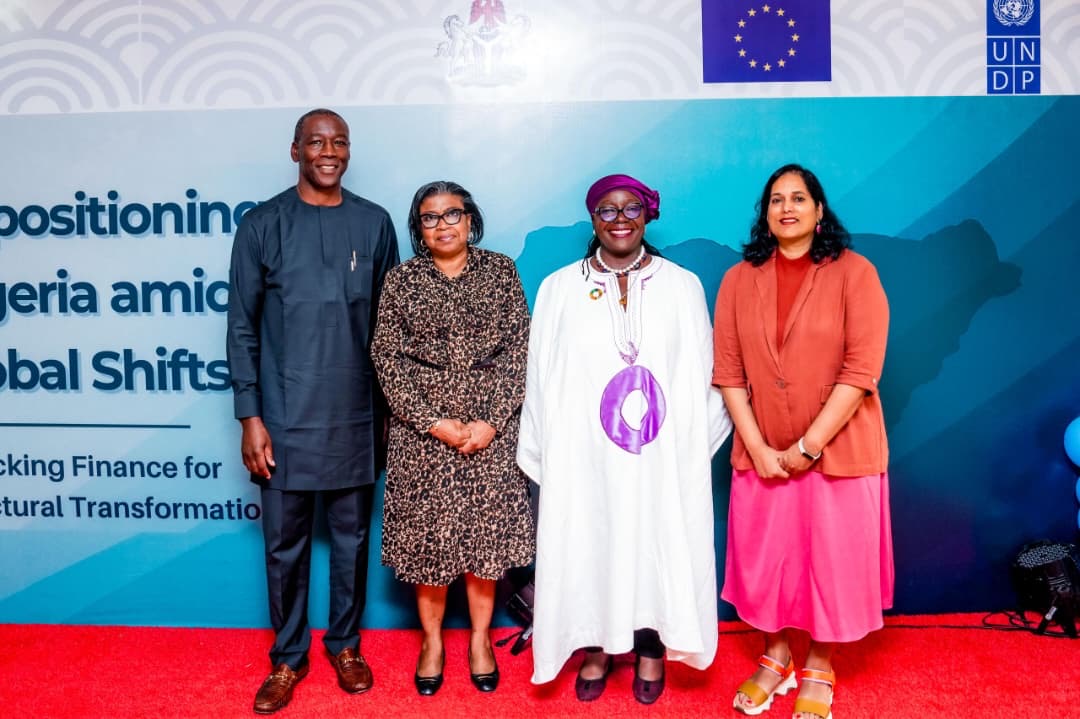BUSINESS & ECONOMY
UNDP Urges African Nations to Strengthen Data and Coordination for Better Credit Ratings

The United Nations Development Programme (UNDP) has raised concerns over the limited knowledge of credit rating procedures among African nations, warning that this knowledge gap hinders their ability to secure favorable ratings and access affordable capital.
Dr. Raymond Gilpin, UNDP’s Chief Economist and Head of Strategy, Analysis and Research for Africa, made the observation during a high-level dialogue themed “Navigating Credit Ratings and the Price of Risk: Unlocking Affordable Capital for Nigeria” on Tuesday in Abuja.
Gilpin noted that while many African countries are well-versed in engaging with institutions like the International Monetary Fund (IMF) and the World Bank, they often struggle with the distinct demands of credit rating agencies.
“Many African countries don’t fully understand the process. They are more accustomed to dealing with the IMF and the World Bank. They know how to prepare for those missions,” he said. “Credit ratings missions are different and more specific, and so understanding the process and what sort of data is necessary for the credit ratings is very important.”
He recalled three key obstacles that restrict progress: a lack of understanding of the rating process, inconsistent and insufficient data, and weak coordination among government agencies.
“It’s not just financial and economic data,” Gilpin explained. “It’s also institutional, regulatory, and governance data. Many governments don’t collect all of that data. Even when they have it, they don’t always share it. That leaves a gap in the analysis.”
He stressed the importance of timely and reliable data preparation, adding that governments must be prepared to gather and share comprehensive datasets to support their rating efforts.
Gilpin also underscored the need for a unified approach across ministries, departments, and agencies (MDAs) to ensure consistency in data, policy frameworks, and national narratives.
“Preparing for credit ratings requires many government agencies to come together to ensure that the data, the policy frameworks, and the narrative are all consistent,” he said.
“Many countries do not have an interagency committee to do that, and because of that, it leaves the credit ratings agencies with some doubt about how credible a country’s story is.”
Outlining the rating process, Gilpin said it typically unfolds in three phases: data assessment, committee deliberation, and government review.
“First, they look at the data that says how the economy is being managed, how it’s performing, what sort of institutions and laws enable the private sector, and what governance looks like. Those indicators are calculated to give the initial rating,” he explained.
“After that, they discuss the results in a committee to assess credibility, reforms, and future prospects. If the discussion is positive, the initial rating could be improved; if negative, it could be reduced.”
Finally, the rating is submitted to the government for review before being released to the public as the official rating.









